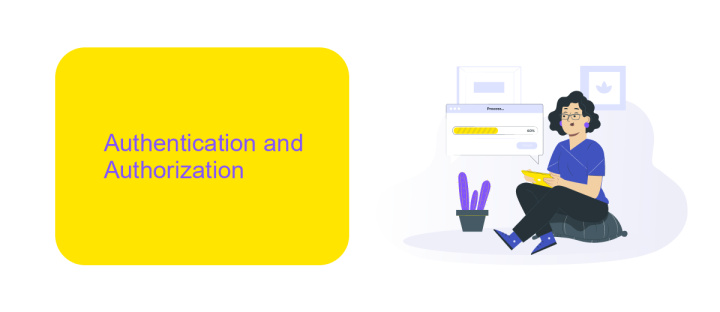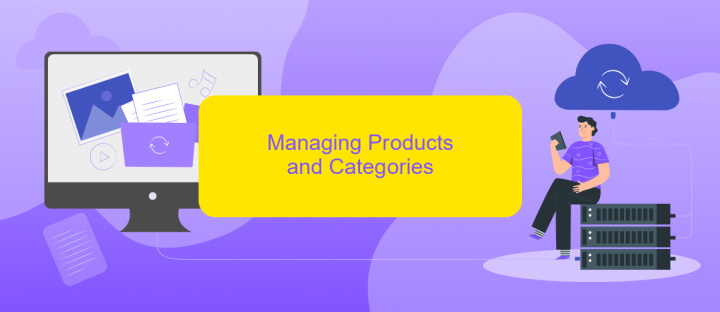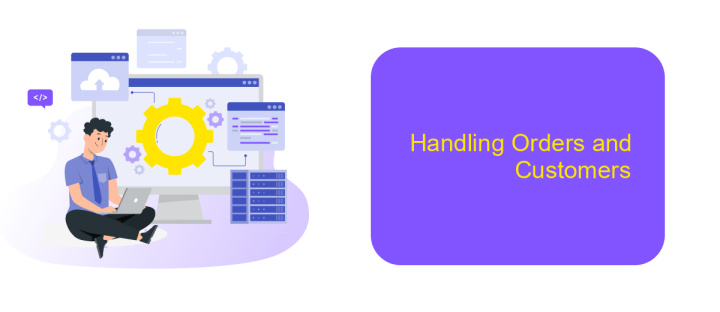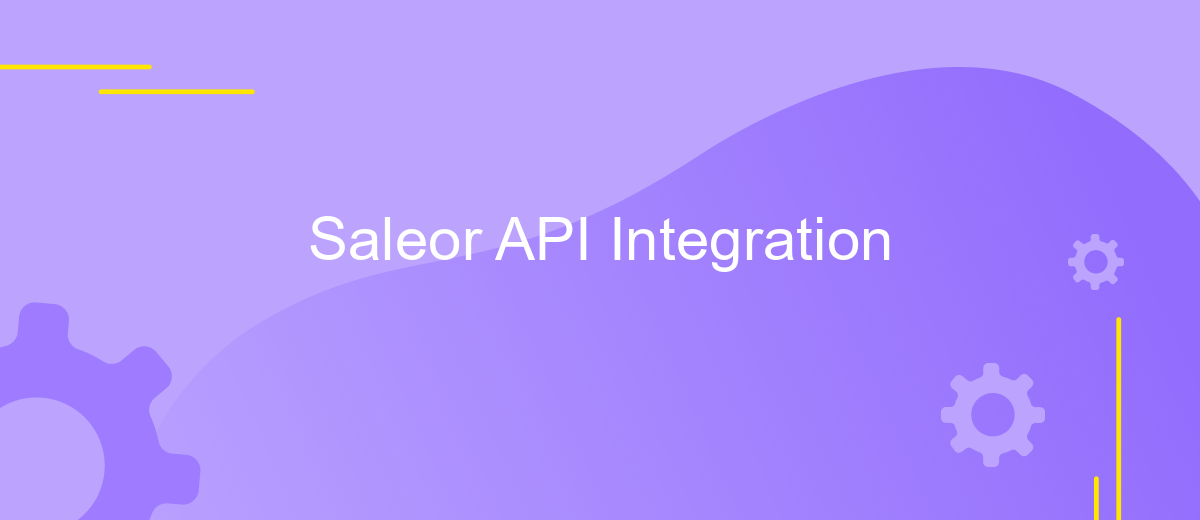Saleor API Integration
In today's rapidly evolving e-commerce landscape, seamless integration with robust platforms is crucial for business success. The Saleor API offers a powerful solution for developers seeking to enhance their online stores with cutting-edge features and flexibility. This article explores the essentials of Saleor API integration, guiding you through the process of leveraging its capabilities to create a dynamic and efficient e-commerce experience tailored to your business needs.
Introduction to Saleor and its API
Saleor is an open-source e-commerce platform designed for high performance and flexibility. Built with Python and Django, it offers a modern and scalable solution for businesses looking to establish or enhance their online presence. Saleor's architecture is headless, meaning it decouples the backend from the frontend, allowing developers to create custom user experiences across various devices and platforms.
- Open-source and community-driven
- Headless architecture for flexibility
- Built with Python and Django
- Comprehensive GraphQL API
- Scalable and customizable
The Saleor API is a powerful tool that enables seamless integration with other systems and services, offering a comprehensive GraphQL interface for developers. This API allows for efficient data querying and manipulation, providing the flexibility to build custom solutions tailored to specific business needs. With its robust set of features, the Saleor API empowers developers to create unique e-commerce experiences, enhancing both customer engagement and operational efficiency.
Authentication and Authorization

When integrating with the Saleor API, understanding authentication and authorization is crucial for secure access. Saleor employs OAuth 2.0, a robust protocol for granting limited access to user resources without exposing credentials. To begin, developers must register their application with Saleor to obtain a client ID and secret. These credentials are essential for generating an access token, which serves as a key to interact with Saleor's resources. The access token must accompany every API request, ensuring that only authorized applications can perform actions on behalf of users.
For organizations seeking to streamline their integration process, services like ApiX-Drive can be invaluable. ApiX-Drive simplifies the process by offering tools to connect Saleor with various platforms without extensive coding. It handles the intricacies of authentication, allowing developers to focus on core functionalities. By leveraging such services, businesses can ensure efficient and secure data exchange, enhancing their operational capabilities. Whether you're building a new application or enhancing an existing one, understanding these authentication mechanisms is vital for maintaining security and functionality in your Saleor API integration.
Managing Products and Categories

Integrating Saleor API allows businesses to efficiently manage their products and categories, ensuring a streamlined e-commerce experience. By leveraging the API, users can create, update, and delete products, as well as organize them into categories that enhance customer navigation and sales potential. This process involves understanding the API endpoints and effectively utilizing them to maintain a dynamic product catalog.
- Authenticate with the Saleor API to gain access to product management features.
- Create new products by sending POST requests with necessary details like name, price, and description.
- Update existing products using PUT requests to modify attributes such as stock levels or pricing.
- Organize products into categories via POST requests, ensuring logical grouping for easy customer access.
- Remove outdated or discontinued products using DELETE requests to maintain a current catalog.
By following these steps, businesses can efficiently manage their product offerings and categories, ensuring that their e-commerce platform remains up-to-date and user-friendly. The Saleor API provides the necessary tools to automate these processes, allowing for a seamless integration that supports both operational efficiency and enhanced customer satisfaction.
Handling Orders and Customers

Integrating Saleor's API for managing orders and customers is a seamless process that enhances your e-commerce operations. By leveraging the API, you can automate order processing, track customer interactions, and streamline your sales workflow. This integration ensures that your business stays responsive to customer needs while maintaining efficient order management.
To effectively handle orders, the Saleor API provides endpoints for creating, updating, and retrieving order details. This allows you to automate order confirmations, manage shipping details, and process refunds with ease. Additionally, the API supports real-time updates, ensuring that your inventory and order statuses are always up to date.
- Retrieve customer data to personalize shopping experiences.
- Automate order confirmations and notifications.
- Update order statuses and inventory in real-time.
- Process returns and refunds efficiently.
Managing customers through the Saleor API involves accessing detailed customer profiles, purchase histories, and preferences. This information enables personalized marketing strategies and enhances customer satisfaction. By integrating these features, businesses can create a more engaging and efficient shopping experience, ultimately driving growth and customer loyalty.


Advanced Integrations and Customization
For those looking to extend Saleor's capabilities, advanced integrations offer a way to tailor the platform to specific business needs. By leveraging Saleor's GraphQL API, developers can create custom solutions that interact seamlessly with existing systems. This flexibility allows for the integration of third-party services, enhanced data flows, and automation of routine tasks, ensuring that the e-commerce experience is both dynamic and responsive to changing demands.
Customization goes beyond basic integration, offering the ability to modify core functionalities to suit unique operational requirements. Tools like ApiX-Drive facilitate this process by enabling automated data exchange between Saleor and other applications without extensive coding. This service simplifies the integration process, allowing businesses to focus on strategic growth rather than technical challenges. Whether it's connecting CRM systems, payment gateways, or marketing tools, advanced customization ensures that Saleor remains at the heart of a versatile and efficient digital ecosystem.
FAQ
What is Saleor API, and how can it be used for integration?
How do I authenticate with the Saleor API?
Can I automate data synchronization between Saleor and other platforms?
How can I handle webhooks in Saleor for real-time updates?
What are some best practices for integrating with the Saleor API?
Do you want to achieve your goals in business, career and life faster and better? Do it with ApiX-Drive – a tool that will remove a significant part of the routine from workflows and free up additional time to achieve your goals. Test the capabilities of Apix-Drive for free – see for yourself the effectiveness of the tool.

